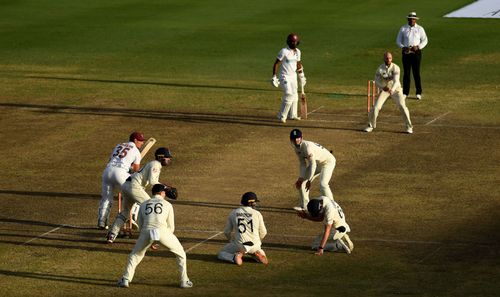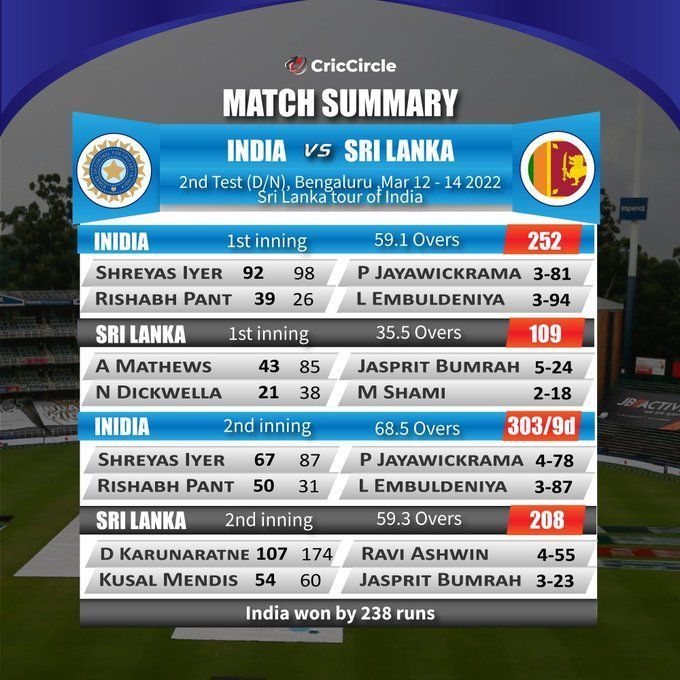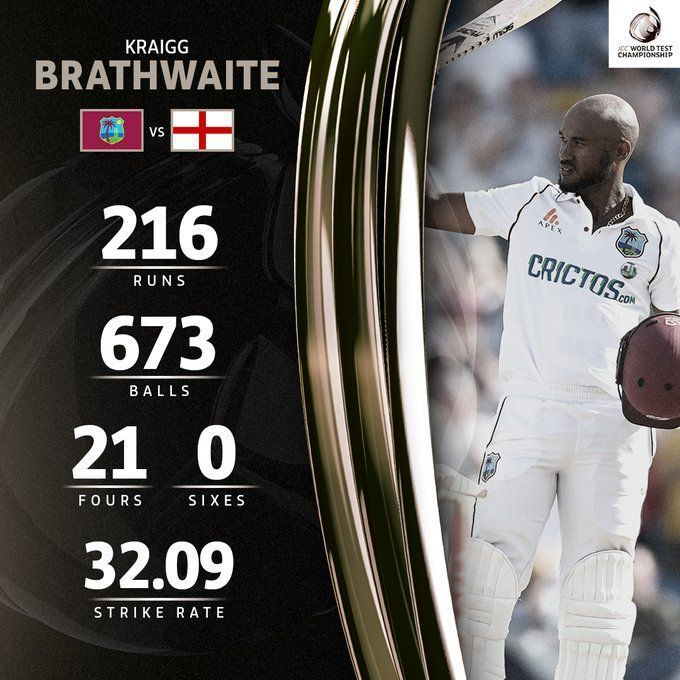
"Below average" pitches take center stage, pose issues for Test cricket

Forget over-rates and white-ball cricket, bad pitches arguably pose the biggest risk to the health of Test cricket.
Whether it's a lamentable draw or a three-day wicket fest, a bad pitch is often the culprit for a less-than-ideal affair.
Worryingly, in every current Test series (Pakistan vs Australia, West Indies vs England and India vs Sri Lanka), pitches have been labeled "below average" by the ICC, which is becoming a concerning norm.
The second Test between India and Sri Lanka in Bengaluru finished inside three days and received a "below average" rating from ICC match referee Javagal Srinath.
The sheer number of wickets taken in a limited time period, and the fact that no innings lasted more than 60 overs, were the biggest concerns.
In an ICC media release, Srinath said:
"The wicket offered a lot of turn on the first day. It improved with every session but it was not an even contest between bat and ball."
An uneven contest between bat and ball was also commonplace elsewhere in the world, with the first two Tests between Pakistan and Australia finishing in draws - headlined by four team totals in excess of 400.
The surface in the first test between Pakistan and Australia in Rawalpindi was rated "below average" by the ICC, while that of Karachi also wasn't looked upon favorably by authorities.
In the first two Tests, 2300 runs were scored - with eight individual centuries - for the loss of just 32 wickets.
A lamentable draw in Antigua between the West Indies and England preceded another in Barbados, where the pitch was also rated "below average". Both Tests ended in unsuccessful efforts from England to bowl the West Indies out on Day 5.

Kraigg Brathwaite's mammoth innings epitomized the lackluster and dead wicket. He was on strike for a total of 673 deliveries in the Barbados Test - that's around 112 overs.
Ramifications for "below average" pitches
Under ICC rules, a "below average" rating is hardly a deterrent for curators and ground staff. Those responsible for a bad pitch receive a sole demerit point, with an accumulation of five demerit points in a five-year rolling period calling forth a potential 12-month ban.
Effectively, three more similar playing surfaces in the next five years in Rawalpindi and Bengaluru would escape punishment.
More needs to be done. Perhaps a total ban on hosting Test cricket after three "below average rating" may be the drastic change needed.
Bad pitches significantly affect the quality and competitiveness of the game. Losing one or two per cent of the day's play from bad light or a poor over-rate pales in comparison to an entire day's play being one-sided due to a poor wicket.


